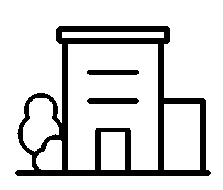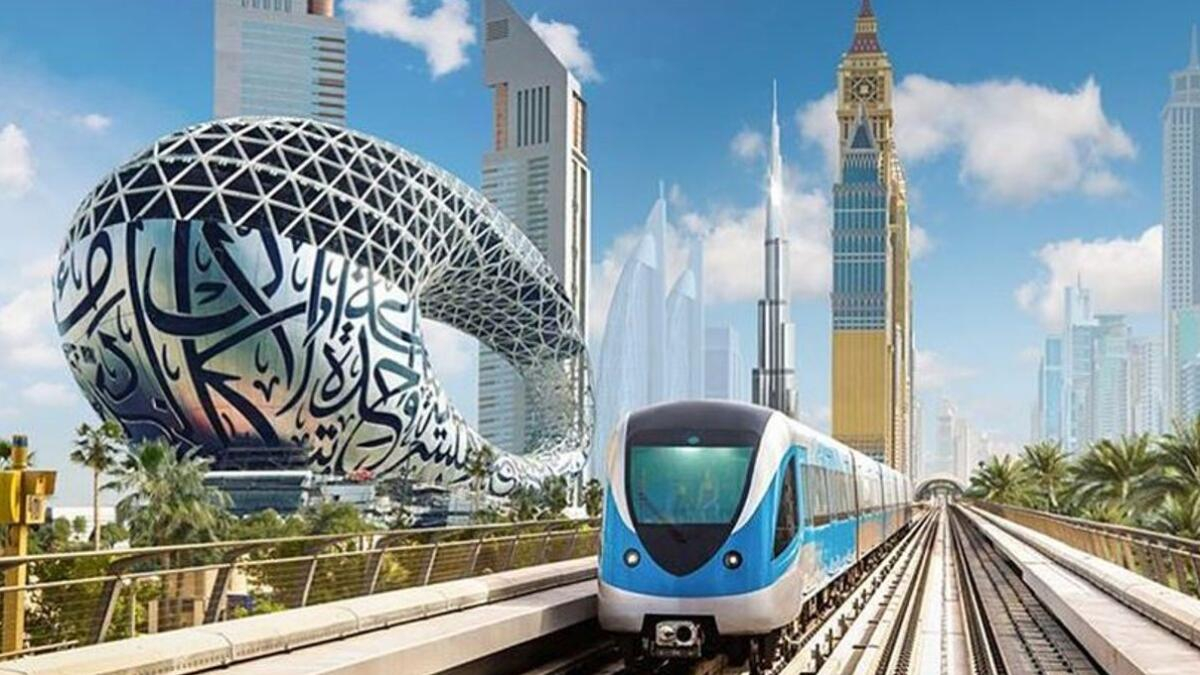With the development of a new passenger terminal, the main aim is to prioritize connectivity and accessibility.
With the development of the new passenger terminal at Al Maktoum International Airport, DWC aims to become the world's largest airport. "This means ensuring efficient public transportation links and a reduced reliance on private transport, which supports the reduction of the project's carbon footprint," noted the CEO of Dubai Aviation Engineering Projects, Suzanne Al Anani, recently following the announcement of the approval of the design of Dubai's new airport that will be scaled up for handling passenger capacity up to 260 million annually.
The Roads and Transport Authority RTA previously announced that Dubai Metro's Route 2020 would connect with DWC. The plan to extend the metro to DWC was initially brought up during the inauguration of Route 2020, which serves the communities in Al Furjan, The Gardens, Discovery Gardens, Jumeirah Golf Estates, Dubai Investments Park, and Expo City Dubai.
A modern metro link with DWC will facilitate passengers' access to and from Dubai's city center and provide efficient mobility for residents of Dubai South, an aerotropolis designed for this purpose.
"DWC will generate an estimated workforce and residential requirement for over a million people living and working in Dubai South," said Khalifa Al Zaffin, Executive Chairman of Dubai Aviation City Corporation. Extending Dubai Metro is a natural solution to allay concerns that it would take longer for passengers to reach DWC than Dubai International, which is closer to the city center and general population.
Largest airport in the world
Once completed, the new passenger terminal at DWC will be constructed for Dh128 billion and will be five times the current size of DXB. It is planned to have five parallel runways with quadruple independent operation west and east processing terminals and four satellite concourses with over 400 aircraft contact stands within a total area of 70 square kilometers. There will also be
'uninterrupted automated people mover systems for passengers and an integrated landside transport hub for roads, metros and city air transport" at DWC.
Public transport system Backbone
Dubai Metro, which was first rolled out on September 9, 2009, is considered the backbone of Dubai's public transport system. It is also recognized as the most extended driverless metro network in the world, with a length of 89.3 km. DXB Terminals 1 and 3 currently have stations on the Metro Red Line, while the Dubai Airport Free Zone is connected to the Green Line. In November, RTA announced the 30 km Blue Line Dubai Metro extension, aiming for completion by 2029. Blue Line is of the Dubai 2040 Urban Master Plan that aims to create a 20-minute city transit-oriented approach where residents will have about 80 percent of the essential services they require within 20 20-minute journey time.
#dubaimetro #dubaiinternationalairport #uaetravel #travelnews2024 #aviation



